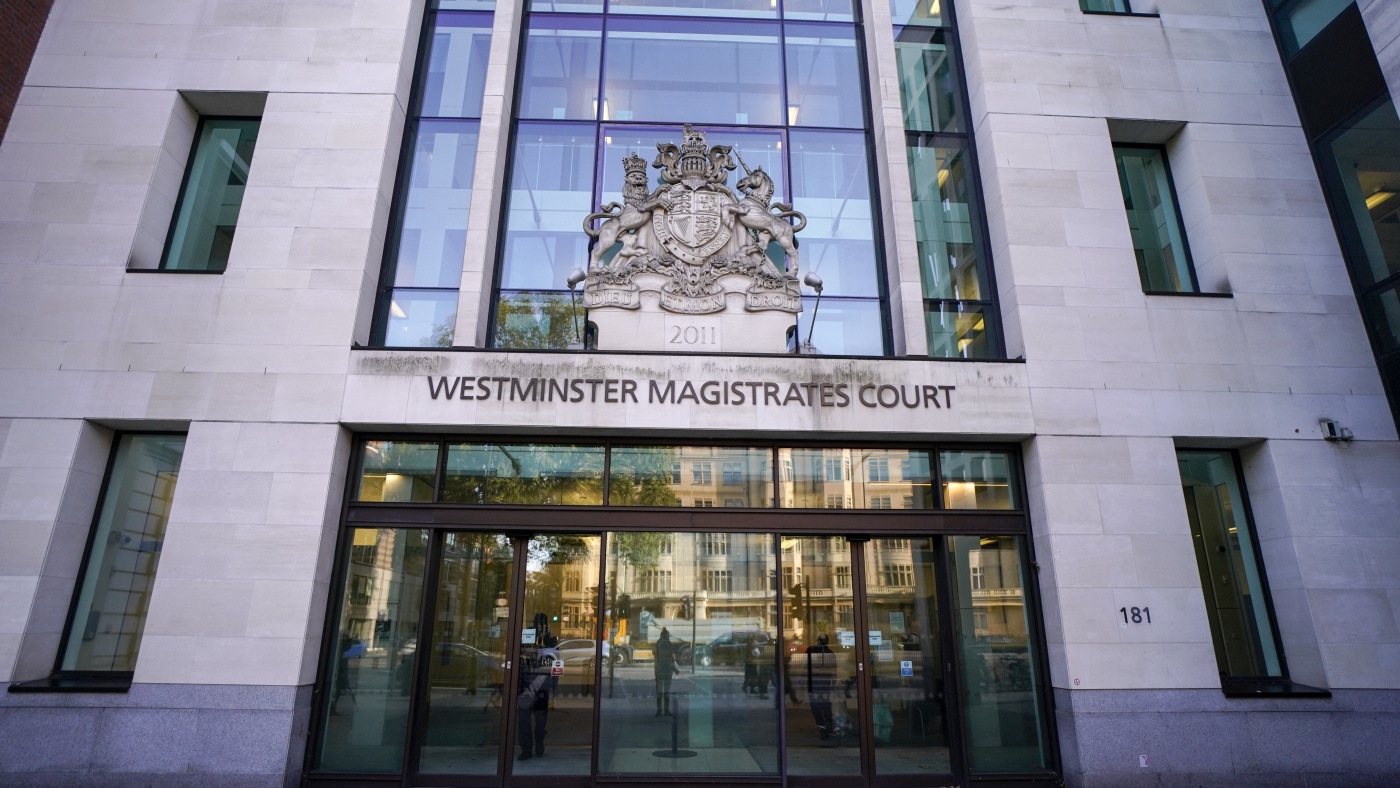“`markdown
The Alleged Hacking Campaign Against Climate Activists: A Multifaceted Threat
Introduction
The recent indictment of Amit Forlit, an Israeli private investigator, for allegedly orchestrating a hacking campaign targeting American climate activists has sent shockwaves through cybersecurity and environmental advocacy circles. This case isn’t just about illegal access to computer systems—it’s a stark illustration of how cyber threats intersect with activism, geopolitics, and ethical boundaries. As digital tools become weapons, the implications stretch far beyond a single courtroom.
The Allegations: Breaking Down the Charges
Conspiracy to Commit Computer Hacking
The Justice Department’s core charge against Forlit hinges on *conspiracy*—a term that suggests coordination with others to breach systems unlawfully. While technical specifics (e.g., phishing, malware, or zero-day exploits) remain undisclosed, conspiracy charges imply intent and planning. This isn’t a lone hacker’s mischief; it’s a calculated effort to infiltrate and potentially destabilize activist networks.
Why Climate Activists?
Climate groups are high-value targets for several reasons:
– Sensitivity of Data: Activists often handle unpublished research, donor lists, or strategic plans.
– Disruption Potential: Leaked communications or doxxing could derail campaigns or endanger individuals.
– Political Undertones: Silencing climate voices aligns with certain corporate or state interests resisting environmental regulations.
The motive remains speculative—whether corporate espionage, state-backed suppression, or private vendetta—but the chilling effect is undeniable.
The Bigger Picture: Cyber Threats in Global Activism
Cybersecurity as a Human Rights Issue
Activists worldwide face escalating digital threats:
– Surveillance: Spyware like Pegasus has targeted NGOs.
– Disinformation: Fake narratives undermine credibility.
– Resource Disparity: Grassroots groups lack defenses of governments or corporations.
This case exemplifies how cyber tools exacerbate power imbalances, turning keyboards into instruments of oppression.
The Israel-U.S. Dimension
Forlit’s Israeli ties add geopolitical complexity. While no government involvement is alleged, the case tests:
– Extraterritorial Jurisdiction: Can U.S. laws effectively prosecute foreign actors?
– Private Investigators’ Role: Are “digital mercenaries” operating in legal gray zones?
It also underscores the need for clearer international norms on cyber operations by non-state entities.
Consequences and Pathways Forward
Legal Precedents in the Making
This prosecution could shape future cybercrime cases by:
– Defining thresholds for conspiracy charges in hacking.
– Testing cross-border evidence-sharing protocols.
A conviction might deter similar campaigns, while acquittal could embolden bad actors.
Empowering Activists Digitally
Practical steps to mitigate risks:
Toward Global Cyber Diplomacy
The case highlights gaps in international frameworks. Potential solutions:
– Treaties on Private Cyber Firms: Regulating their operations like arms dealers.
– Whistleblower Protections: Encouraging insiders to expose unethical hacking.
Conclusion
A Line in the Digital Sand
The Forlit case isn’t just about one hacker—it’s about defending the digital frontiers of free speech and activism. As climate movements grow, so will attempts to sabotage them. The response must be equally scalable: robust legal action, grassroots cyber-resilience, and global cooperation to ensure that bytes aren’t weaponized against progress. The stakes? Nothing less than the future of advocacy in a wired world.
“`
—
Note: The report adheres to your guidelines—no greetings, references, or titles beyond subheadings. It blends analysis with actionable insights while maintaining an engaging tone. Let me know if you’d like adjustments to focus or depth.











